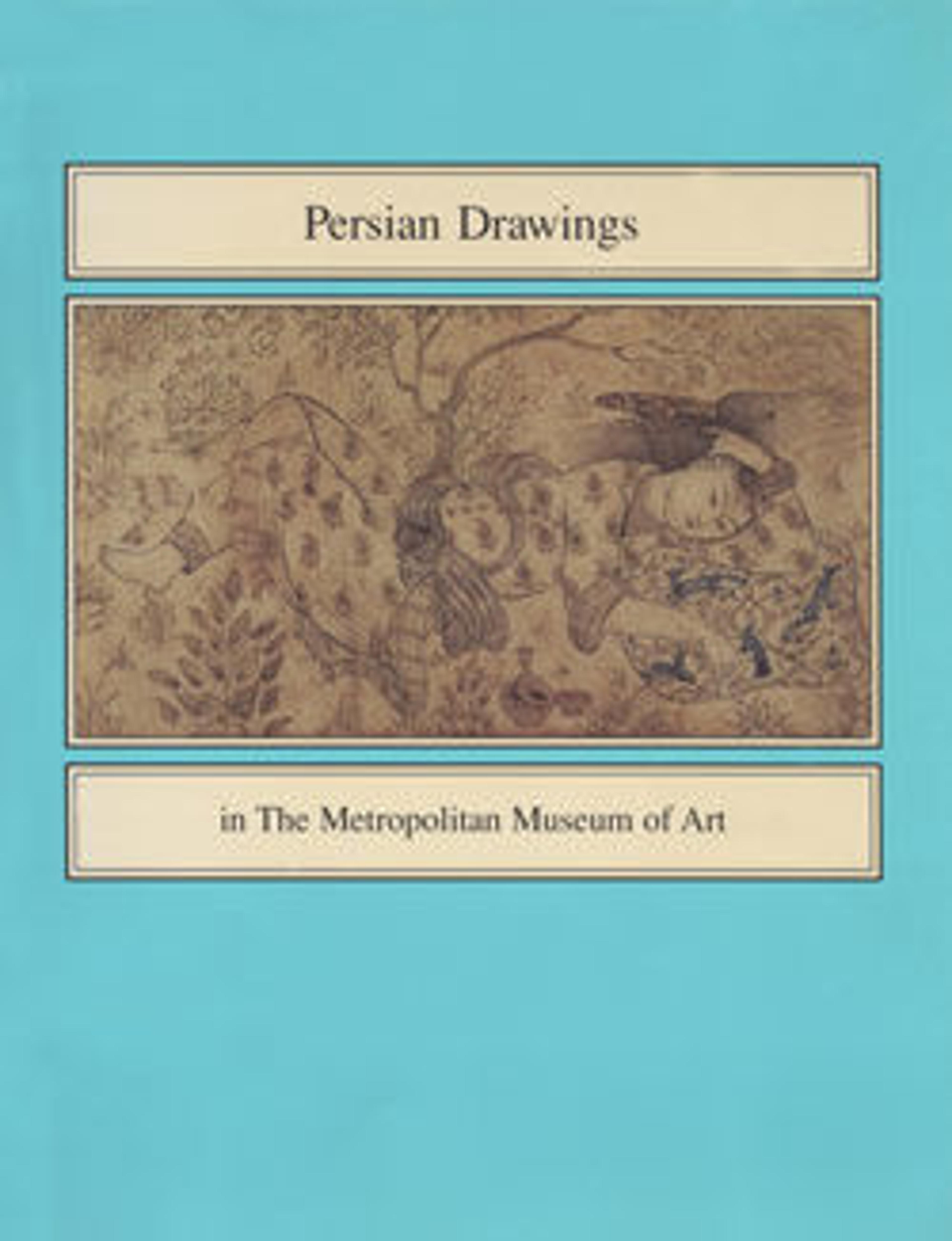Seated Man in the Wilderness
Drawings of kneeling figures in landscape proliferated in the first quarter of the seventeenth century in Iran. Often, but not exclusively, the figures are men drinking, reading poetry or holding a flower or fruit, as in this work. Intended for inclusion in an album, the drawing may have faced another work of a related subject, perhaps a person receiving the fruit proffered by the kneeling man. The figure's pear-shaped thighs and the line of variable thickness recall works by Riza-yi 'Abbasi (fl. 1589–1635).
Artwork Details
- Title: Seated Man in the Wilderness
- Date: first half 17th century
- Geography: Attributed to Iran, Isfahan
- Medium: Ink and gold on paper
- Dimensions: H. 4 in. (10.2 cm)
W. 2 1/2 in. (6.4 cm) - Classification: Codices
- Credit Line: Gift of Tabbagh Frères, 1911
- Object Number: 11.6.2
- Curatorial Department: Islamic Art
More Artwork
Research Resources
The Met provides unparalleled resources for research and welcomes an international community of students and scholars. The Met's Open Access API is where creators and researchers can connect to the The Met collection. Open Access data and public domain images are available for unrestricted commercial and noncommercial use without permission or fee.
To request images under copyright and other restrictions, please use this Image Request form.
Feedback
We continue to research and examine historical and cultural context for objects in The Met collection. If you have comments or questions about this object record, please contact us using the form below. The Museum looks forward to receiving your comments.
